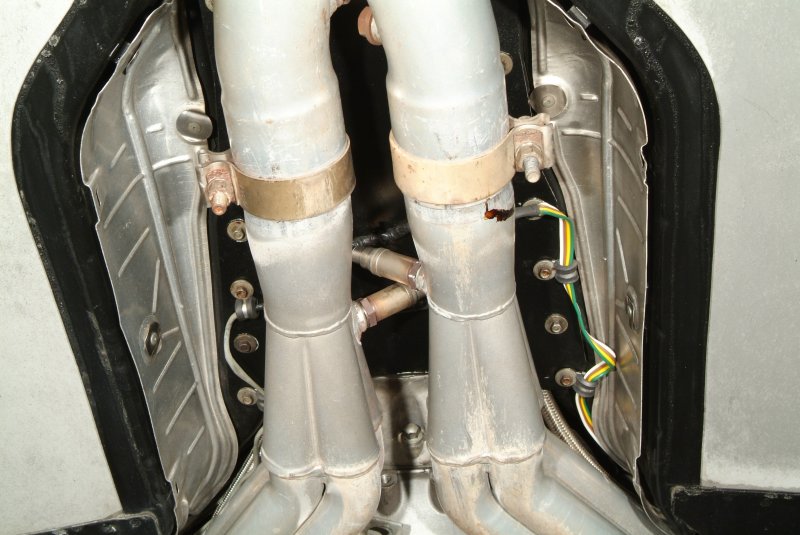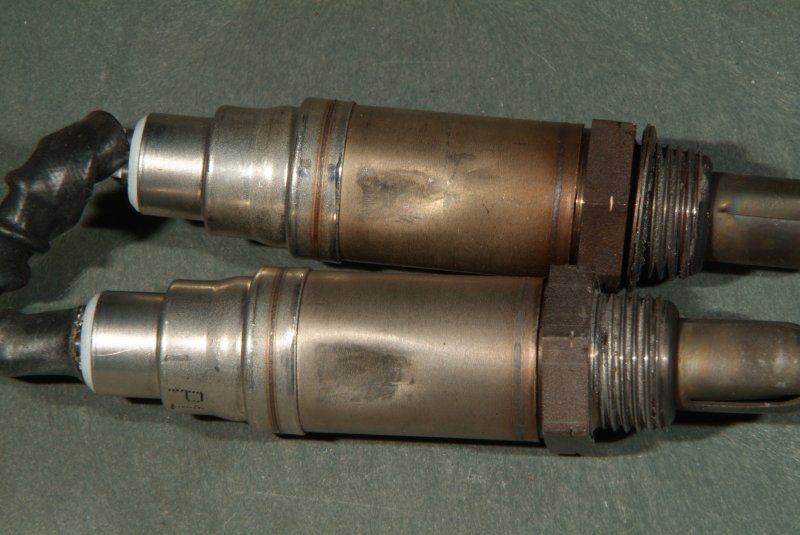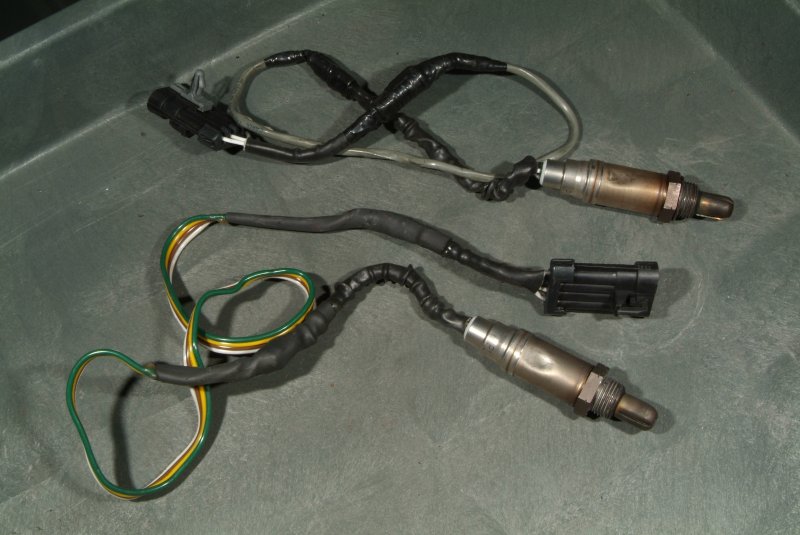I'm spending a lot of time (relatively speaking, of course) just reviewing the log files I've been accumulating while getting my toes wet with EFILive. I figure that unless I understand what I am actually SEEING during a logging session, then trying to jump right in with tuning will be a fruitless and frustrating experience. But quite honestly, I don't have any sort of yardstick to go by to compare my logs with to try to figure out if what I am seeing is good, OK, or just plain awful.
For instance, I don't see any signals from the PIDs for long term fuel trims. Do I have something set up incorrectly in the setup for data capture?
My O2 sensors seem to be working OK, I think, which surprised me since I thought the harness on at least the passenger side one had been butchered. But is the signal I see during acceleration and deceleration normal? It looks like pretty much a nice sine wave during constant speed cruising.
The AFR from my wideband seems to be a low amplitude sine wave centered around the commanded AFR. But there are spikes and dips with RPM and TP changes. How much variation is "normal"?
My SAE.MAF signal doesn't seem to climb past the half way mark in my dashpage display. Is that normal?
My MAP inHg signal is hitting over 100 in spots. Is this normal for a 2 BAR MAP with FI? Am I really seeing vacuum or seeing pressure?
The MAX I have seen on my injector duty cycles is 15 percent during normal driving. Is that OK?
With my foot off of the gas pedal, I see a throttle position of 17.3 percent. Does that sound right?
While crusing down my dirt road at 10 mph, my SPARK Deg trace looks like a snake trying to dodge getting run over. Should it be this way or be a fairly stable line?
Referring to above, my RPM jumps around quite a bit, from around 885 to 1030 at low speed with no pressure on the gas pedal. Is that normal?
In other words, can someone point me to some yardsticks I can compare to what I am seeing? Or maybe look at my own log files to perhaps point out some things that just seem odd to you?
Oh yeah, and what is this CALC.POWER_RW value? I see a max value of 867 when the max RPM I hit that trip was only 3354. So that certainly can't be correct. I would think my rear tires would be shredding off of the wheels if that were true.
Anyway, thanks for any guidance you all can give me on this.





 Reply With Quote
Reply With Quote






